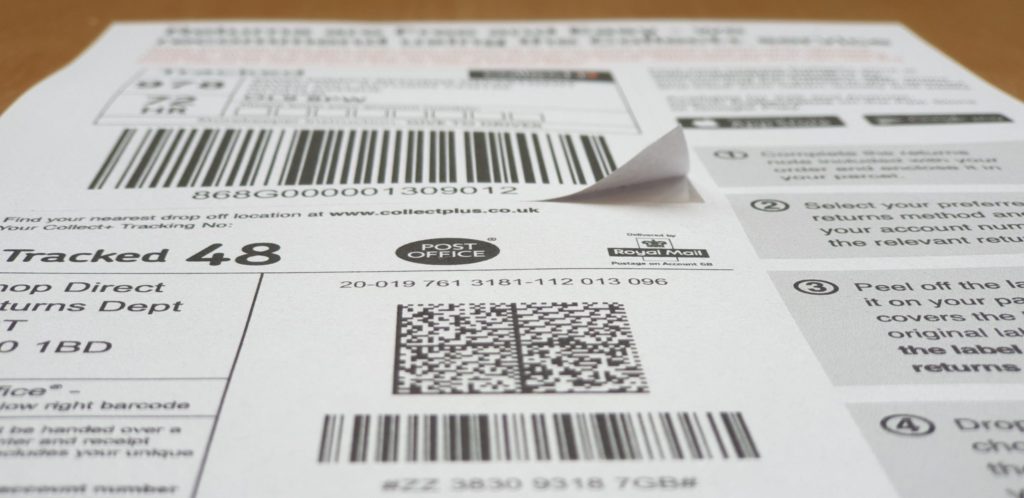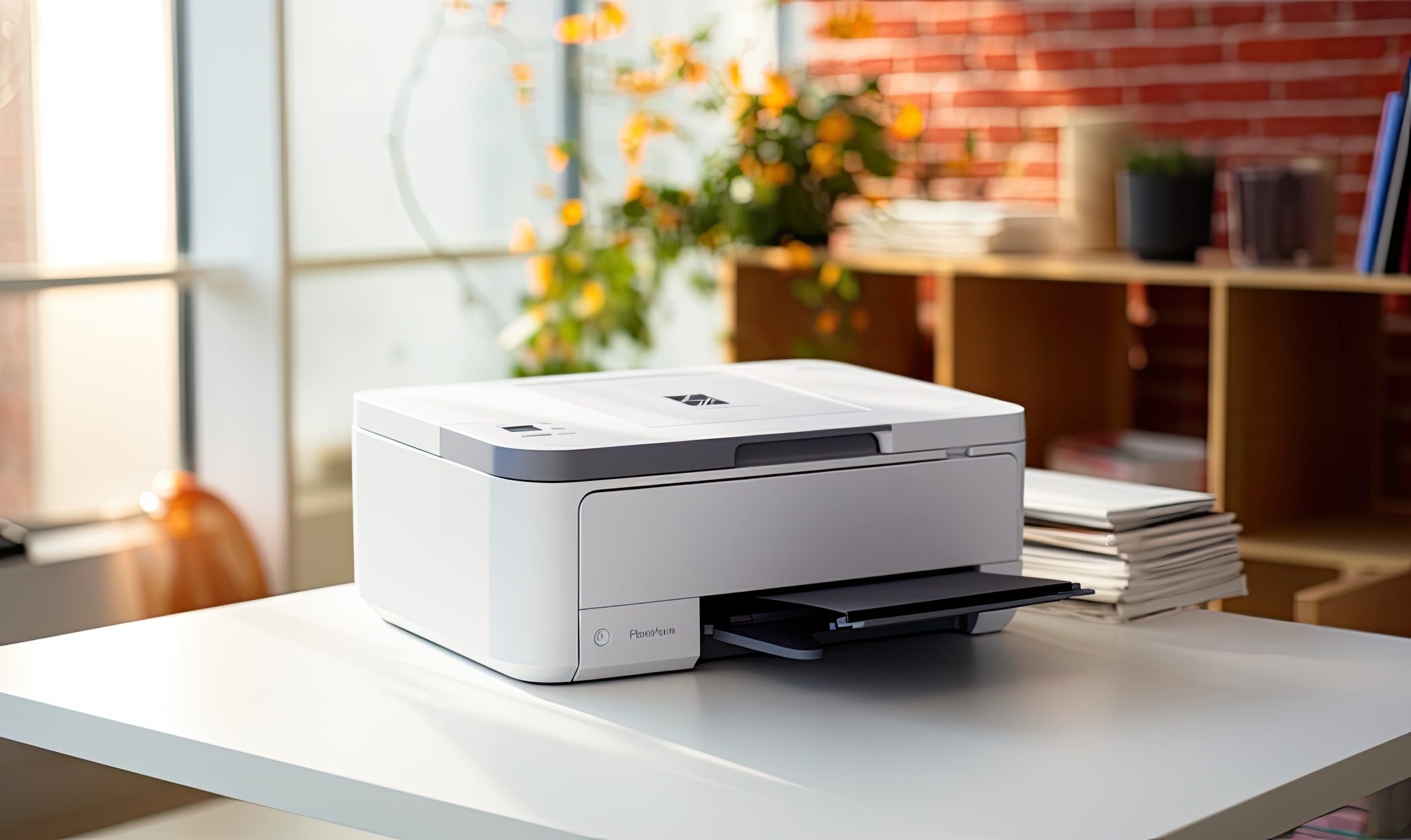Barcode labels are one of the most important ways to identify your products, assets, or employees. You can use them for inventory tracking, identifying products and more. They’re used in manufacturing industries, retail businesses, stock rooms and many other industries, varying across most sectors. Throughout this blog post, we’ll share some tips on how you can print better barcode labels at home with your own printer.

What are barcodes and why are they useful?
Barcodes are a series of lines and dots that can be used together to track an item, usually in a store or stockroom. It is a unique identifier made up of lines and spaces, which is used to identify products and services. The barcode acts as a quick reference tool for the cashier or worker to scan to identify the description and cost of an item with ease.
Barcodes perform many functions throughout different sectors, but they’re mostly used within retail. They help with inventory management, they allow stores to track customer loyalty cards for marketing purposes and they also help retailers identify specific problems with their supply chain.
Barcodes are a great way to track inventory and keep track of the goods you sell, or the goods that your company needs. They’re also used in many other industries where it is important to keep track of items being sold, including retail stores, grocery stores and even manufacturing companies. Barcodes allow for easy scanning by employees when entering new inventory into their databases.

What label adhesive should I use for a barcode label?
While you can use a wide variety of adhesives or sticky labels as barcode labels, certain types will work better than others. The best solution for a barcode label is a matt white label which is solid white and has a non-glossy surface.
Due to barcode readers relying on the ability to scan the barcode to gather the information, it is important the label can be read clearly and quickly for efficiency. Barcode readers detect the difference between white and black printed areas on the label to gather the right information.
Therefore, the label needs to be matt to avoid any shiny surface reflecting light and interfering with the barcode detection which can prevent accurate results. You do not want to lose this label, therefore a permanent adhesive would be perfect for barcode labels to keep them secured on the products.

What type of label should I use for a barcode label?
When it comes to which type of label you want for your barcodes, you need something simple, matt, white and the right shape and size for a barcode. Printer labels and direct thermal labels are both great for barcodes, however, if you’re printing them at home, printer labels are the best option due to their compatibility with inkjet and laser printers.
Manufactured using high-quality 70gsm paper with a permanent adhesive backing, printer labels are perfect for barcodes to be printed off at home. The permanent adhesive will keep them stuck to the product and avoid any stock with missing barcodes, and you’re able to order them in different sizes to customise how many barcodes you need.
What print settings should I use for barcode labels?
When printing barcode labels, you must consider the printer’s print setting because you need the best result possible so that the barcode reader can get accurate and quick results. Therefore, selecting a “Labels” or “Heavy Paper” print setting and increasing the quality as much as possible will benefit you the most.
What should I consider when choosing labels for my barcodes?
1. The colour of the labels needs to be white so the barcode reader can get accurate results.
2. Use a matt finish so the gloss does not reflect light.
3. A permanent or high-tack adhesive will prevent your products from losing their assigned barcode.
4. Printer labels are compatible with inkjet and laser printers, which are most common from at-home printers.
5. Print barcodes with the highest quality settings available to get the best results from the barcode reader.
6. You’re able to order various quantities in printer labels so you can print just the amount you need.
Are you in need of barcode labels?
The barcode is one of the most important inventions of our time. It is a simple code that can be read by a scanner and used to quickly identify products and services. Having barcode labels available to print at home is extremely efficient and beneficial. If you’re interested in ordering printer labels for your barcodes, feel free to contact us today!








